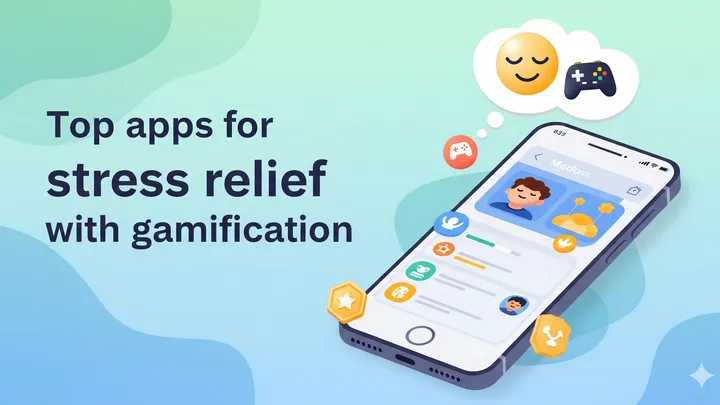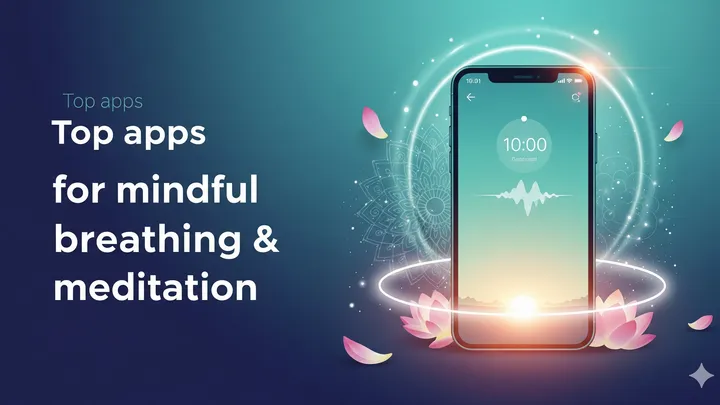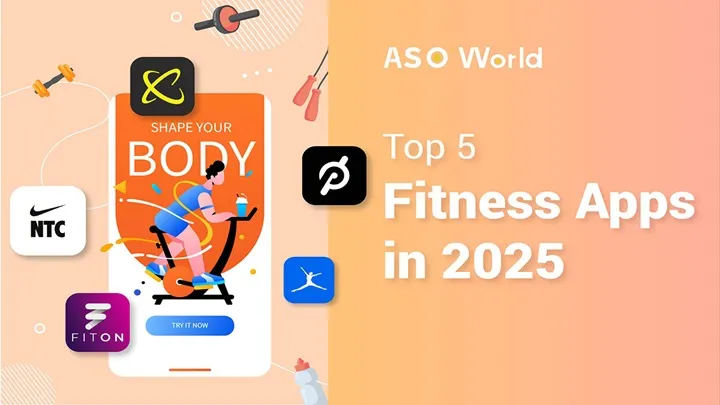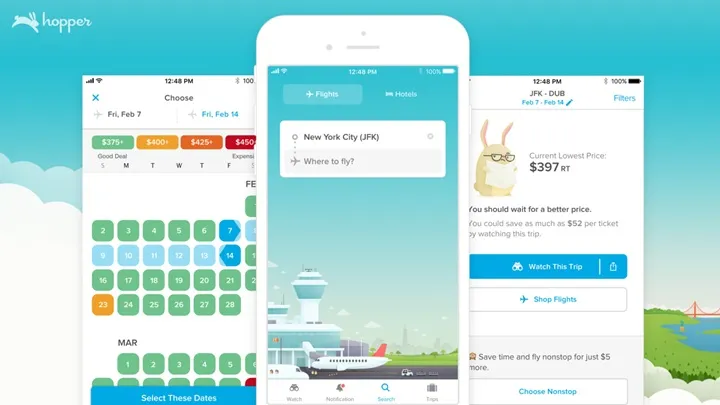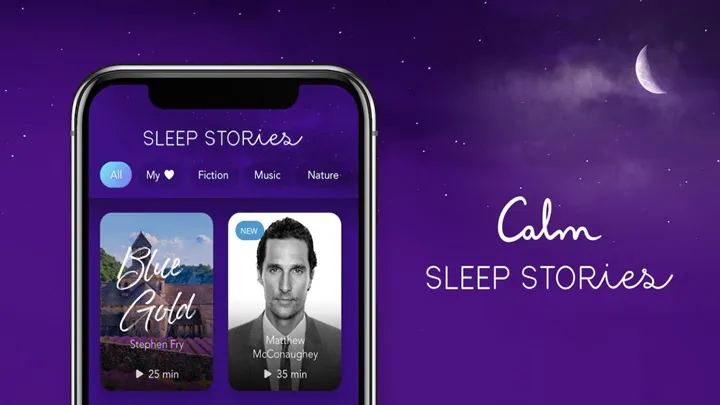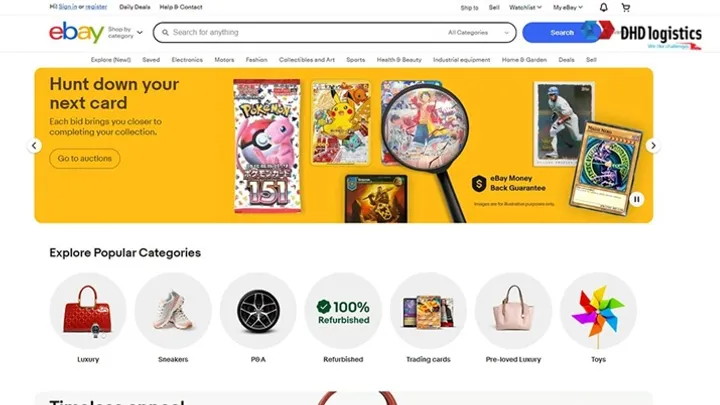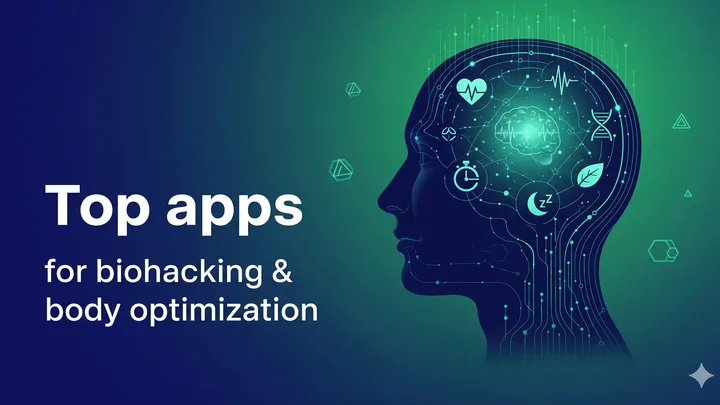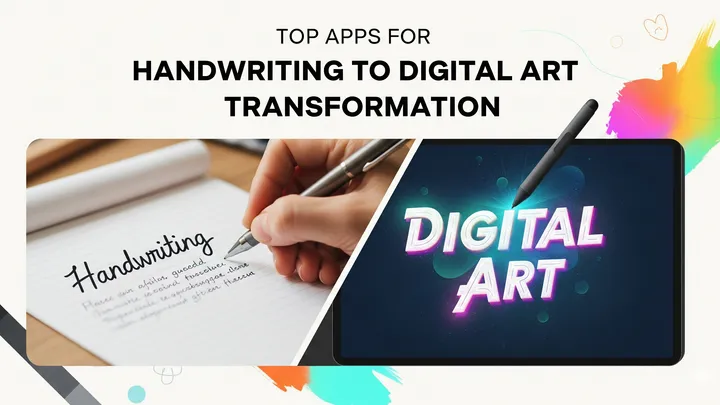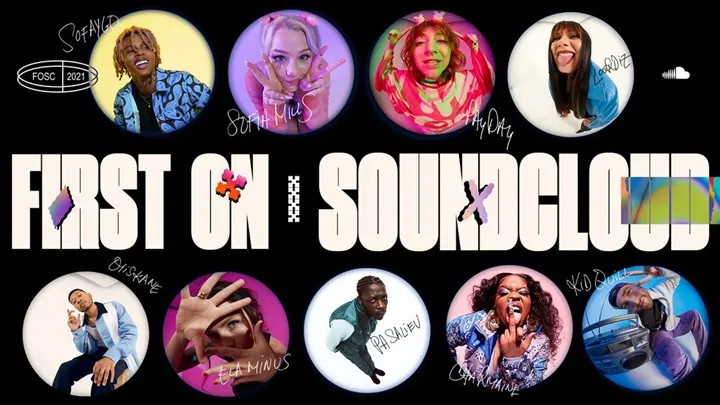Handwriting has always been a deeply personal form of expression. From journals and letters to sketches and calligraphy, the strokes of a pen carry individuality and creativity. In the digital age, however, handwriting has found a new canvas—digital art transformation apps. These tools allow users to convert handwritten notes, sketches, and calligraphy into polished digital designs, making it easier than ever to blend tradition with modern creativity.
In 2025, artists, students, designers, and hobbyists are turning to handwriting-to-digital apps not just for convenience, but for artistic innovation. These apps use AI recognition, vectorization, and stylization tools to transform raw handwriting into professional-quality digital pieces. Whether you’re digitizing lecture notes, enhancing handwritten logos, or creating stylized typography, these apps bridge the gap between the analog and digital worlds.
This article highlights the top apps for handwriting to digital art transformation, their key features, and why they stand out.
1. Adobe Capture
When it comes to digitizing handwriting into vector art, Adobe Capture is one of the most powerful tools available.
Key Features
- Converts handwritten sketches into scalable vector graphics.
- AI-powered shape recognition for clean edges.
- Integration with Adobe Illustrator, Photoshop, and Fresco.
- Custom brushes created directly from handwriting or doodles.
Why It Stands Out
Adobe Capture stands out because it doesn’t just scan handwriting—it transforms it into fully editable vector art. This makes it invaluable for professional designers working on logos, branding, and illustrations. For anyone in the Adobe Creative Cloud ecosystem, it’s the ultimate handwriting-to-digital bridge.
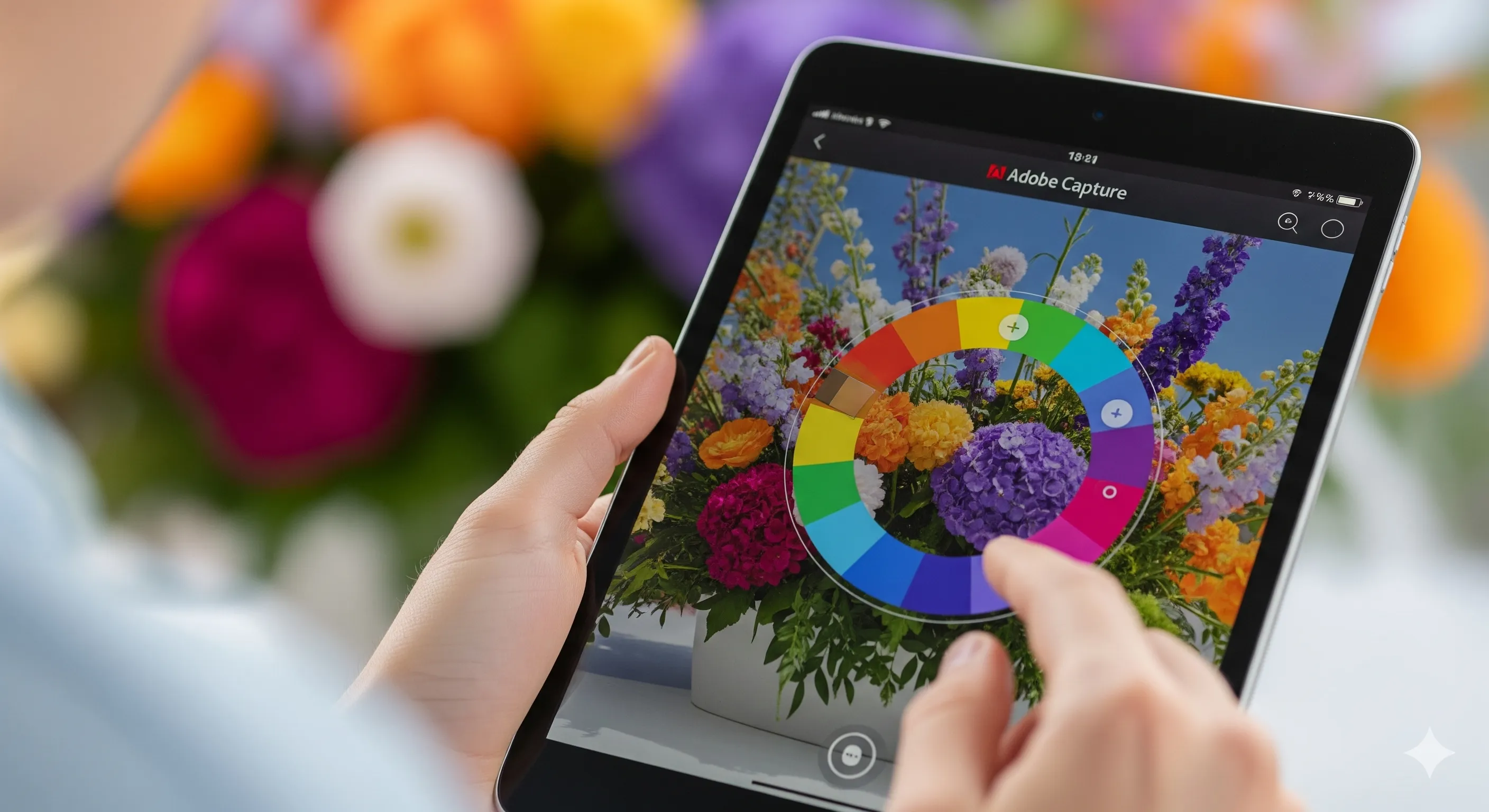
2. Microsoft OneNote + Ink to Text
While primarily a note-taking app, Microsoft OneNote has become a favorite among students and professionals for its Ink to Text feature, which seamlessly converts handwriting into digital text.
Key Features
- Real-time handwriting recognition.
- Converts handwritten notes into typed text.
- Syncs across devices for easy access.
- Works with stylus pens like the Surface Pen or Apple Pencil.
Why It Stands Out
Unlike design-focused apps, OneNote excels in productivity. Students can take handwritten notes in class and instantly turn them into editable text documents. For creative professionals, it’s a fast way to brainstorm ideas and convert them into digital drafts.
3. Procreate
Procreate is widely celebrated as one of the best digital art apps, and its handwriting-to-digital capabilities make it a favorite for illustrators.
Key Features
- Import handwritten sketches for digital refinement.
- Brush customization to replicate handwriting styles.
- High-resolution canvas options for professional art.
- Layer blending modes to enhance handwritten elements.
Why It Stands Out
Procreate doesn’t just digitize handwriting—it elevates it into art. Calligraphy enthusiasts can digitize their pen strokes, refine them with brushes, and turn them into stunning artworks or typography pieces. It’s the go-to app for artists who want to blend analog handwriting with digital creativity.
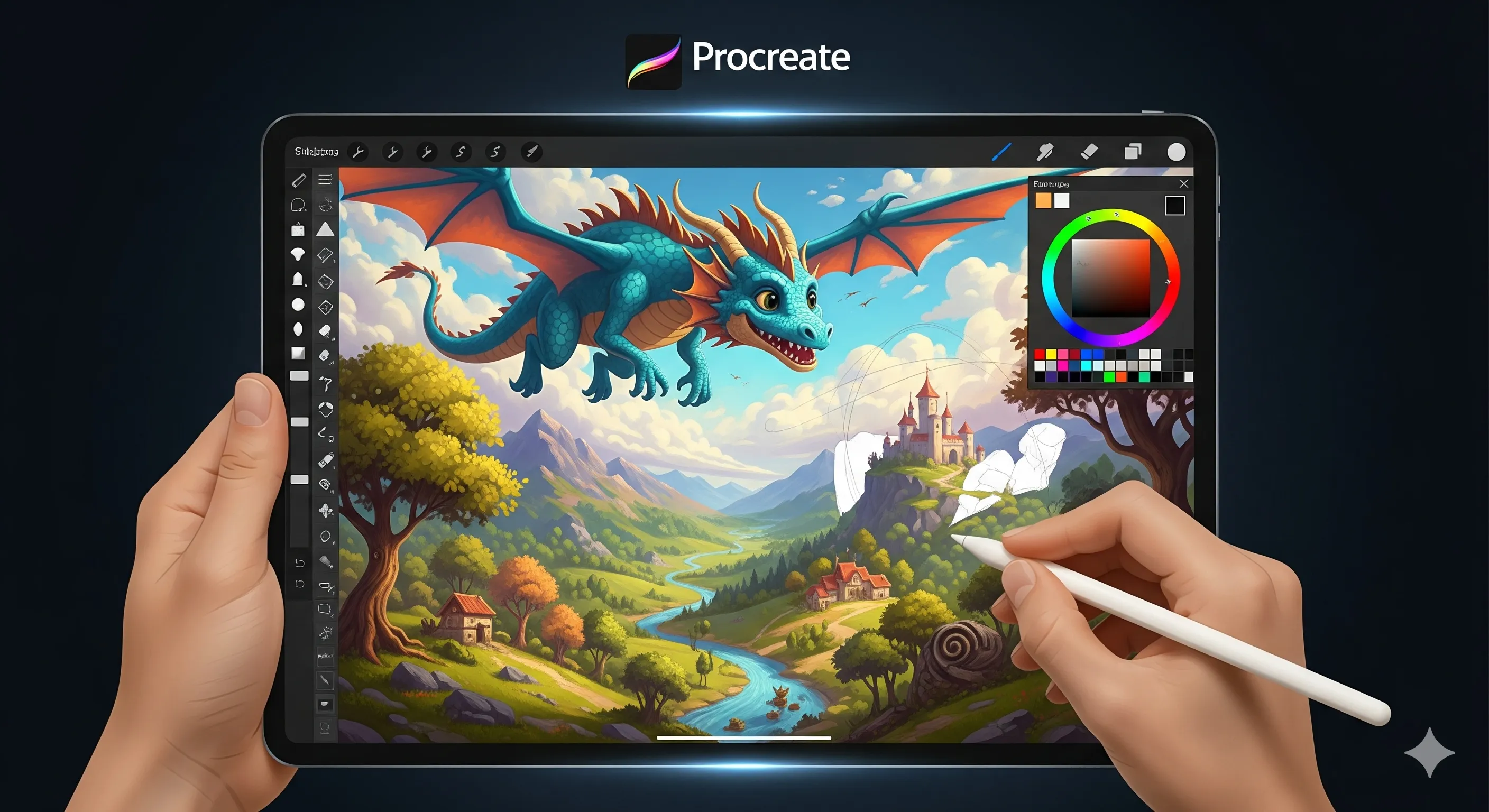
4. Nebo
Designed for handwriting recognition, Nebo uses AI to transform notes and sketches into editable digital documents.
Key Features
- Real-time conversion of handwriting to text.
- Diagram recognition for turning sketches into clean visuals.
- Export options to Word, PDF, and HTML.
- Works seamlessly with stylus input.
Why It Stands Out
Nebo shines in the education and productivity sectors, but it also appeals to artists who want clean conversions of handwritten diagrams and designs. Its ability to process both handwriting and sketches makes it versatile for mixed creative workflows.
5. Paper by WeTransfer
Paper is a creative sketching and note-taking app that turns handwriting and doodles into polished digital art.
Key Features
- Intuitive sketch-to-digital transformation.
- Tools for calligraphy, drawing, and painting.
- Easy export for sharing artwork.
- Clean interface optimized for creatives.
Why It Stands Out
Paper feels like a digital notebook, but its simplicity hides powerful creative tools. For hobbyists, it’s a perfect way to turn casual doodles and handwriting into stylized art pieces without the complexity of pro-level design software.
6. GoodNotes
Primarily designed for note-taking, GoodNotes also allows users to digitize handwriting and transform it into shareable formats.
Key Features
- Handwriting-to-text conversion.
- Stylus support for precision.
- Export options for PDFs and images.
- Searchable handwritten notes using OCR (Optical Character Recognition).
Why It Stands Out
GoodNotes excels in handwriting recognition and organization. Beyond productivity, it enables users to export handwriting as polished text or images, which can then be used for digital art projects, study notes, or creative writing layouts.
7. AutoDesk SketchBook
SketchBook is a professional-grade drawing app that helps transform handwriting into digital sketches.
Key Features
- Import and refine handwritten work.
- Customizable brushes for replicating pen strokes.
- Advanced layering system for digital art.
- High-quality export options.
Why It Stands Out
SketchBook bridges the gap between raw sketching and professional illustration. Artists can take their handwritten designs and polish them into refined digital art projects, from character design to typography.
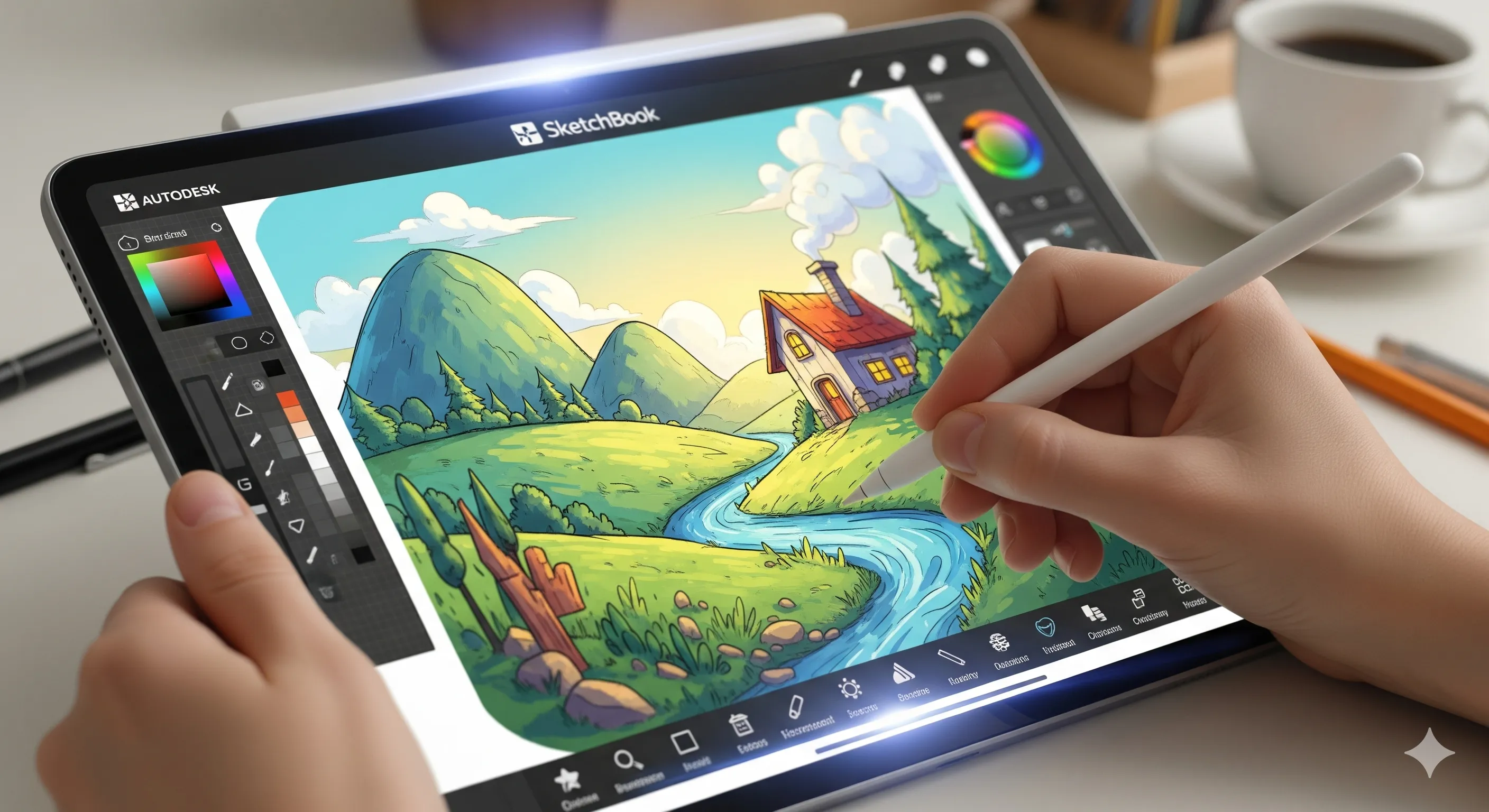
The Role of AI in Handwriting Transformation
Modern handwriting-to-digital apps rely heavily on artificial intelligence. AI helps in:
- Recognizing handwritten letters and converting them to text.
- Cleaning up shaky strokes for smoother digital output.
- Vectorizing handwritten sketches into scalable designs.
- Suggesting creative stylization, like turning handwriting into calligraphy or fonts.
AI ensures that even messy handwriting can be transformed into clear, polished digital work.
Why Handwriting-to-Digital Apps Matter
For Artists
Artists can scan handwritten sketches and turn them into fully editable digital artwork, saving time and enhancing creativity.
For Students
Students can keep their handwritten notes organized, searchable, and shareable.
For Professionals
Designers and entrepreneurs can digitize handwritten logos, diagrams, and brainstorming sessions, giving their work a professional digital finish.
For Hobbyists
Even casual doodlers can enjoy turning pen-and-paper creations into shareable digital art for social media or personal projects.
Tips for Getting the Most Out of These Apps
- Use a Stylus – A stylus like the Apple Pencil or Surface Pen offers precision for handwriting recognition.
- Experiment with Brushes – Apps like Procreate and SketchBook let you stylize your handwriting into digital calligraphy.
- Combine Apps – Use OneNote or Nebo for text conversion, then import into Adobe Capture or Procreate for artistic refinement.
- Leverage AI Tools – Take advantage of AI vectorization to clean up handwriting and make it editable.
- Organize Your Work – Apps like GoodNotes and Nebo allow searchable handwritten notes, making it easier to revisit ideas.
The Future of Handwriting-to-Digital Art
With the rapid development of AI and AR, future handwriting apps may:
- Automatically generate digital fonts from personal handwriting.
- Transform sketches into 3D digital models.
- Enable collaborative handwriting-to-digital art projects in real time.
- Use augmented reality overlays to project handwriting directly into digital environments.
The line between traditional handwriting and digital art will continue to blur, giving creators limitless opportunities.
Conclusion
The evolution of handwriting-to-digital apps has transformed how we capture and enhance creativity. From Adobe Capture’s professional vectorization to Procreate’s artistic freedom, and from Nebo’s AI recognition to GoodNotes’ organization power, each app offers unique strengths.
Whether you’re an artist refining calligraphy, a student digitizing notes, or a designer creating logos, these apps make it simple to turn handwriting into digital masterpieces.
In 2025, handwriting is no longer confined to notebooks. It lives on as dynamic, editable, and shareable digital art—bridging the gap between the traditional and the modern.








